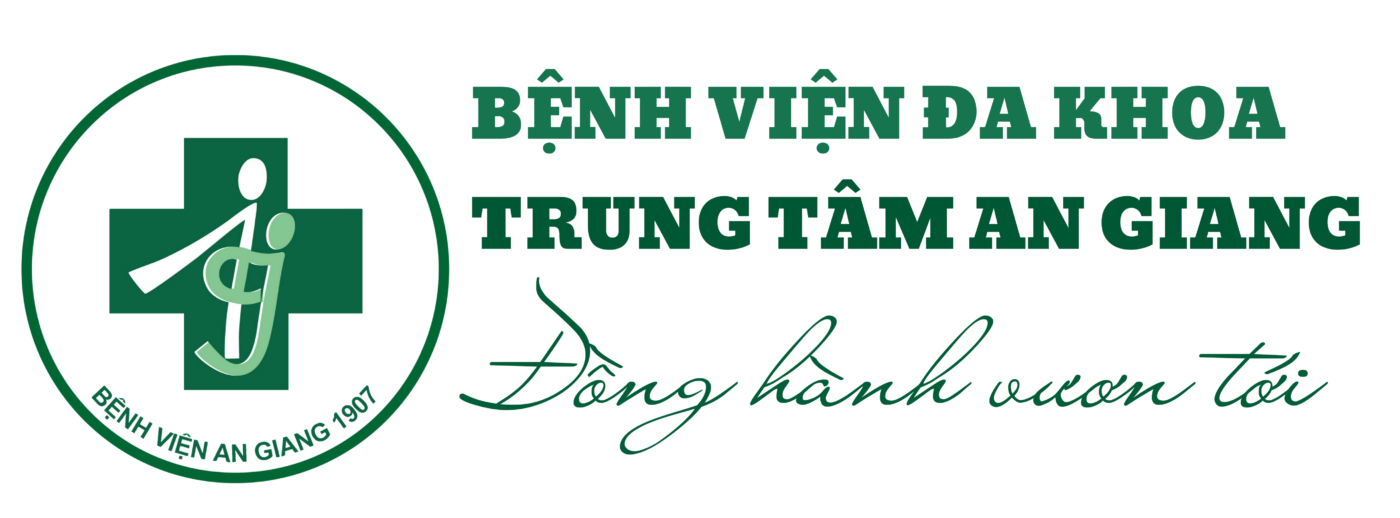Gelbenegger G1, Postula M2, Pecen L3, Halvorsen S4, Lesiak M5, Schoergenhofer C1, Jilma B1, Hengstenberg C6, Siller-Matula JM7.
1
Department of Clinical Pharmacology, Medical University of Vienna, Vienna, Austria.
2
Department of Experimental and Clinical Pharmacology, Centre for Preclinical Research and Technology (CEPT), Medical University of Warsaw, Warsaw, Poland.
3
Institute of Computer Science of Academy of Sciences of the Czech Republic, Prague, Czech Republic.
4
Department of Cardiology, Oslo University Hospital, Oslo, Norway.
5
1st Department of Cardiology, Poznan University of Medical Sciences, Poznan, Poland.
6
Division of Cardiology, Department of Internal Medicine II, Medical University of Vienna, Währinger Gürtel 18-20, 1090, Vienna, Austria.
7
Division of Cardiology, Department of Internal Medicine II, Medical University of Vienna, Währinger Gürtel 18-20, 1090, Vienna, Austria. Jolanta.siller-matula@meduniwien.ac.at.
Abstract
BACKGROUND:
The role of aspirin in primary prevention of cardiovascular disease (CVD) remains unclear. We aimed to investigate the benefit-risk ratio of aspirin for primary prevention of CVD with a particular focus on subgroups.
METHODS:
Randomized controlled trials comparing the effects of aspirin for primary prevention of CVD versus control and including at least 1000 patients were eligible for this meta-analysis. The primary efficacy outcome was all-cause mortality. Secondary outcomes included cardiovascular mortality, major adverse cardiovascular events (MACE), myocardial infarction, ischemic stroke, and net clinical benefit. The primary safety outcome was major bleeding. Subgroup analyses involving sex, concomitant statin treatment, diabetes, and smoking were performed.
RESULTS:
Thirteen randomized controlled trials comprising 164,225 patients were included. The risk of all-cause and cardiovascular mortality was similar for aspirin and control groups (RR 0.98; 95% CI, 0.93-1.02; RR 0.99; 95% CI, 0.90-1.08; respectively). Aspirin reduced the relative risk (RRR) of major adverse cardiovascular events (MACE) by 9% (RR 0.91; 95% CI, 0.86-0.95), myocardial infarction by 14% (RR 0.86; 95% CI, 0.77-0.95), and ischemic stroke by 10% (RR 0.90; 95% CI, 0.82-0.99), but was associated with a 46% relative risk increase of major bleeding events (RR 1.46; 95% CI, 1.30-1.64) compared with controls. Aspirin use did not translate into a net clinical benefit adjusted for event-associated mortality risk (mean 0.034%; 95% CI, - 0.18 to 0.25%). There was an interaction for aspirin effect in three patient subgroups: (i) in patients under statin treatment, aspirin was associated with a 12% RRR of MACE (RR 0.88; 95% CI, 0.80-0.96), and this effect was lacking in the no-statin group; (ii) in non-smokers, aspirin was associated with a 10% RRR of MACE (RR 0.90; 95% CI, 0.82-0.99), and this effect was not present in smokers; and (iii) in males, aspirin use resulted in a 11% RRR of MACE (RR 0.89; 95% CI, 0.83-0.95), with a non-significant effect in females.
CONCLUSIONS:
Aspirin use does not reduce all-cause or cardiovascular mortality and results in an insufficient benefit-risk ratio for CVD primary prevention. Non-smokers, patients treated with statins, and males had the greatest risk reduction of MACE across subgroups.
Aspirin đối với dự phòng tiên phát bệnh tim mạch: một phân tích tổng hợp với sự tập trung đặc biệt vào các nhóm nhỏ.
KIẾN THỨC NỀN
Vai trò của aspirin trong phòng ngừa tiên phát bệnh tim mạch (CVD) vẫn chưa rõ ràng. Mục đích của chúng tôi nhằm đánh giá tỷ số nguy cơ lợi ích của aspirin đối với dự phòng CVD nguyên phát với sự tập trung đặc biệt vào các nhóm nhỏ.
PHƯƠNG PHÁP:
Các thử nghiệm ngẫu nhiên có đối chứng so sánh tác dụng của aspirin trong dự phòng CVD nguyên phát so với đối chứng và bao gồm ít nhất 1000 bệnh nhân đủ điều kiện cho phân tích tổng hợp này. Kết cục hiệu quả chính là tử vong do mọi nguyên nhân. Các kết cục thứ phát bao gồm tử vong do tim mạch, các biến cố tim mạch bất lợi lớn (MACE), nhồi máu cơ tim, đột quỵ thiếu máu cục bộ và lợi ích lâm sàng ròng. Kết quả an toàn chính là chảy máu lớn. Phân tích phân nhóm liên quan đến giới, điều trị statin đồng thời, bệnh tiểu đường và hút thuốc đã được thực hiện.
KẾT QUẢ:
Mười ba nghiên cứu ngẫu nhiên có đối chứng bao gồm 164.225 bệnh nhân được thu nhận. Nguy cơ tử vong do mọi nguyên nhân và tim mạch là tương tự đối với aspirin và nhóm chứng (RR 0,98; KTC 95%, 0,93-1,02 tương ứng RR 0,99; 95% CI, 0,90-1,08). Aspirin làm giảm 9% nguy cơ tương đối (RRR) của các biến cố tim mạch bất lợi (MACE) xuống 9% (RR 0,91; 95% CI, 0,86-0,95), nhồi máu cơ tim xuống 14% (RR 0,86; 95% CI, 0,77-0,95), và đột quỵ do nhồi máu não xuống 10% (RR 0,90; KTC 95%, 0,82-0,99), nhưng có liên quan đến sự gia tăng nguy cơ tương đối 46% của các biến cố chảy máu lớn (RR 1,46; CI 95%, 1,30-1,64) so với nhóm chứng. Sử dụng Aspirin không chuyển thành lợi ích lâm sàng ròng được điều chỉnh theo nguy cơ tử vong liên quan đến sự cố (trung bình 0,034%; KTC 95%, – 0,18 đến 0,25%). Có sự tương tác về tác dụng của aspirin ở ba nhóm bệnh nhân: (i) ở những bệnh nhân đang điều trị bằng statin, aspirin có liên quan đến 12% RRR của MACE (RR 0,88; 95% CI, 0,80-0,96), và tác dụng này bị thiếu nhóm không có điều trị statin; (ii) ở những người không hút thuốc, aspirin có liên quan đến 10% RRR của MACE (RR 0,90; 95% CI, 0,82-0,99) và tác dụng này không có ở những người hút thuốc; và (iii) ở nam giới, sử dụng aspirin dẫn đến 11% RRR của MACE (RR 0,89; 95% CI, 0,83-0,95), với hiệu quả không đáng kể ở nữ giới.
KẾT LUẬN:
Sử dụng Aspirin không làm giảm tử vong mọi nguyên nhân hoặc do tim mạch và dẫn đến tỷ số nguy cơ lợi ích không đủ cho phòng ngừa tiên phát CVD. Những người không hút thuốc, bệnh nhân được điều trị bằng statin và nam giới có nguy cơ giảm MACE cao nhất trong các nhóm nhỏ.





